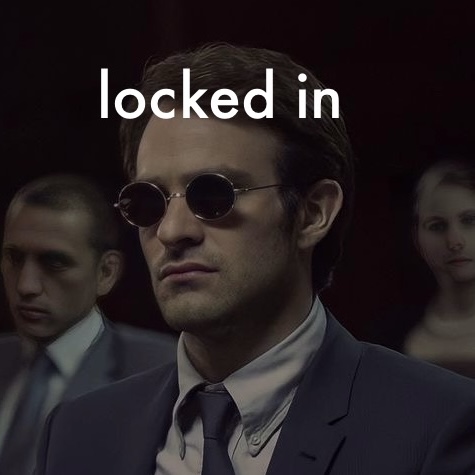causation
Cards (49)
- what is causation?
- what do the prosecution have to show
- what are the 3 tests for causation?
- what is the factual test aka?
- what is the factual test?
- what are the case examples for the factual test?
- what occurred in R v Pagett?
- what was the outcome for the defendant in R v Pagett?
- what occurred in R v White?
- what was the outcome for the defendant in R v White
- what is the legal point of R v White?
- what is the legal test aka?
- what is the legal test?
- give the case example for the legal test
- what occurred in R v Kimsey?
- what was the outcome for the defendant in R v Kimsey?
- what 2 principles/rules also fall under the legal test?
- what is the acceleration principle?
- give the case example for the acceleration principle
- what occurred in R v Adams?
- what was the outcome for Adams in R v Adams?
- what is the thin skull rule?
- what was the thin skull rule extended to?
- give the case example fopr the thin skull rule
- what occurred in R v Blaue?
- what was the outcome for the defendant in R v Blaue?
- what does novus actus interveniens mean?
- what is the novus actus interveniens rule?
- what are the 3 ways the chain of causation can be broken?
- give the case examples for a third party novus actus interveniens
- what occurred in R v Smith?
- what occurred in R v Cheshire?
- what was established from R v Cheshire?
- what was established from R v Smith?
- what occurred in R v Jordan?
- does the chain of causation break if V is classed as "brain dead"
- give the case example linking to life support machines
- what occurred in R v Malcherek & Steel?
- give the case example for voluntary action of the victim
- what occurred in R v Kennedy 2007?
